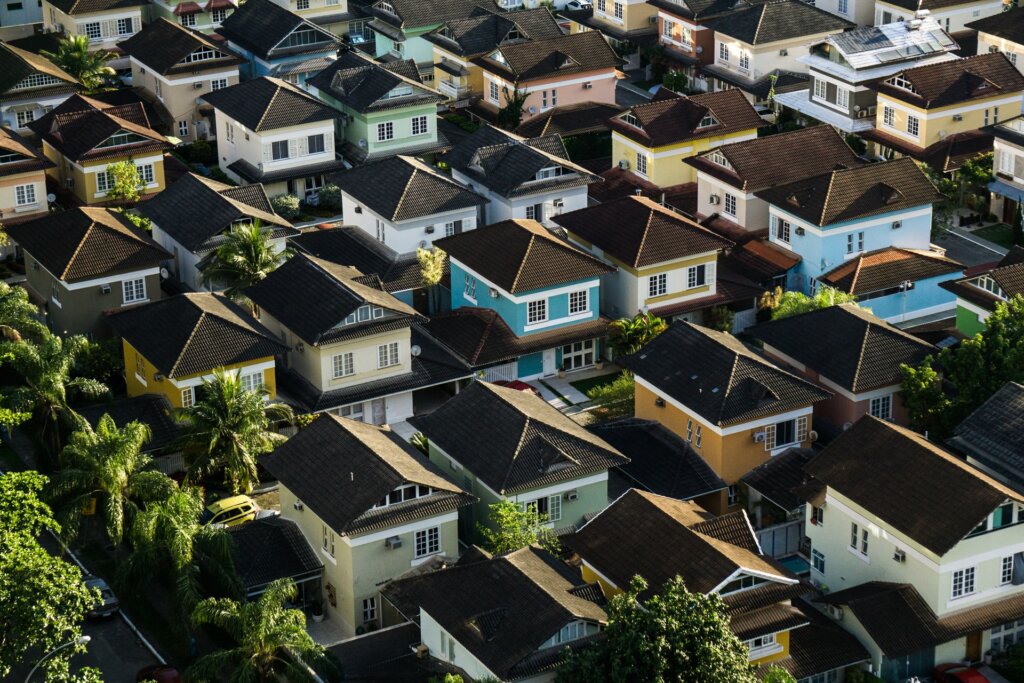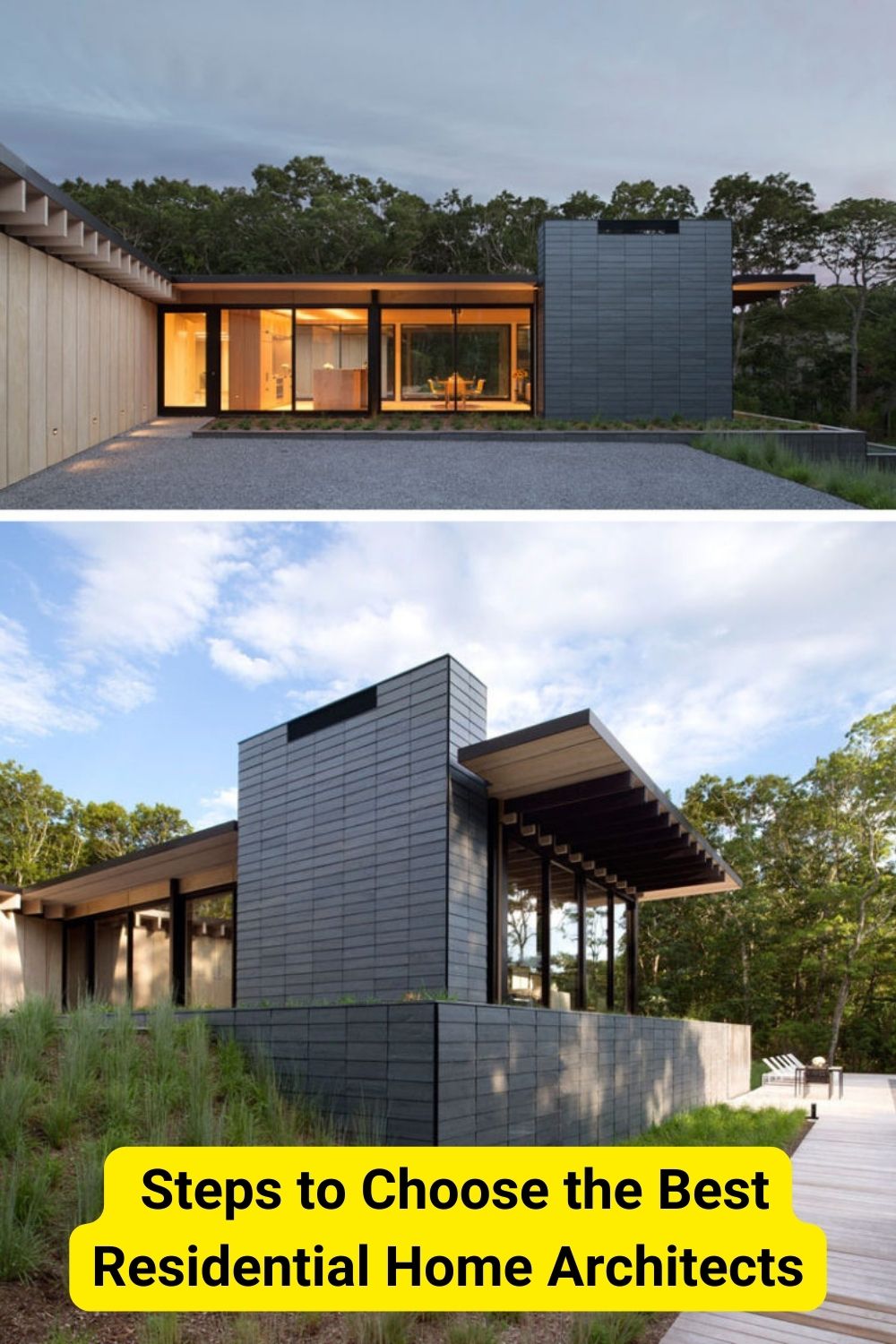Around 77% of survey respondents indicated that they want to learn how to live sustainably. Whether it’s to change lifestyles, reduce pollution, or improve energy consumption, individuals and companies are ready to address environmental concerns. One industry that can make a big difference is the real estate sector. By promoting eco-friendly dwellings and constructions to reduce the carbon footprint on the planet, sustainable homes have a positive impact on the environment. It is also possible to upgrade an existing structure by improving insulation, energy efficiency, and water use.
Buying Sustainable Real Estate
Being green has become mainstream and the real estate sector recognized that sustainable property features affect the environment. Hence, a good design is at the heart of an eco-friendly home. Creating a structure that is environmentally friendly implies a design that addresses energy efficiency, uses sustainable building materials, and reduces water consumption. For example, insulation is very important to keep the warmth in during chilly months and the coldness in when it is warm outside. Good insulation covers the roof, windows, doors, and walls. The effort is worth it because a well-insulated home will save up to 11% of total energy bills according to the Environmental Protection Agency (EPA).
When building homes, it is vital as well to ensure that construction materials are sourced from sustainable sources. These include reclaimed wood, eco-friendly certified timber, and recycled insulation, among others. A water-saving system is also a great idea to preserve a priceless resource. Areas that are at risk of droughts will benefit from rainwater collection to reduce the pressure on supplies and ultimately, lower water bills. In addition, plumbing systems that use low-flow plumbing fixtures for toilets, showers, and faucets save water and money.
Upgrading an Existing Structure
New structures are not the only ones that will benefit from sustainable practices. If renovating or remodeling a house, insulation must also be improved for energy efficiency by caulking and insulating exterior windows and doors to lower heating and cooling costs. In line with energy-saving measures, it is recommended to update appliances and heating, ventilation, and air-conditioning (HVAC) systems. Outdated or older appliances consume more energy due to aging parts, malfunctioning switches, or corrupt seals. To illustrate, fridges built in the 70s are likely to consume five times more energy than Energy Star-rated models.
Another way to upgrade a home using eco-friendly practices is to paint the interior with ecological paints that have no volatile organic compound (VOC) emissions. VOCs are found in many building materials and release harmful gasses. When VOCs in paints are inhaled, they can lead to health problems such as nausea, headaches, and irritations to the airways. Hence, it is best to use low to zero VOC to avoid health issues. In addition to limiting the presence of chemicals in the interior, switching to energy-saving lighting can also improve energy efficiency allowing households to set aside about $1,000 over 10 years according to a Consumer Federation of America (CFA) survey.
Eco-friendliness in the real estate sector is getting traction. From building green homes to upgrading an existing property, shifting to sustainable practices is the right thing to do for the environment and the people.






Leave a Reply